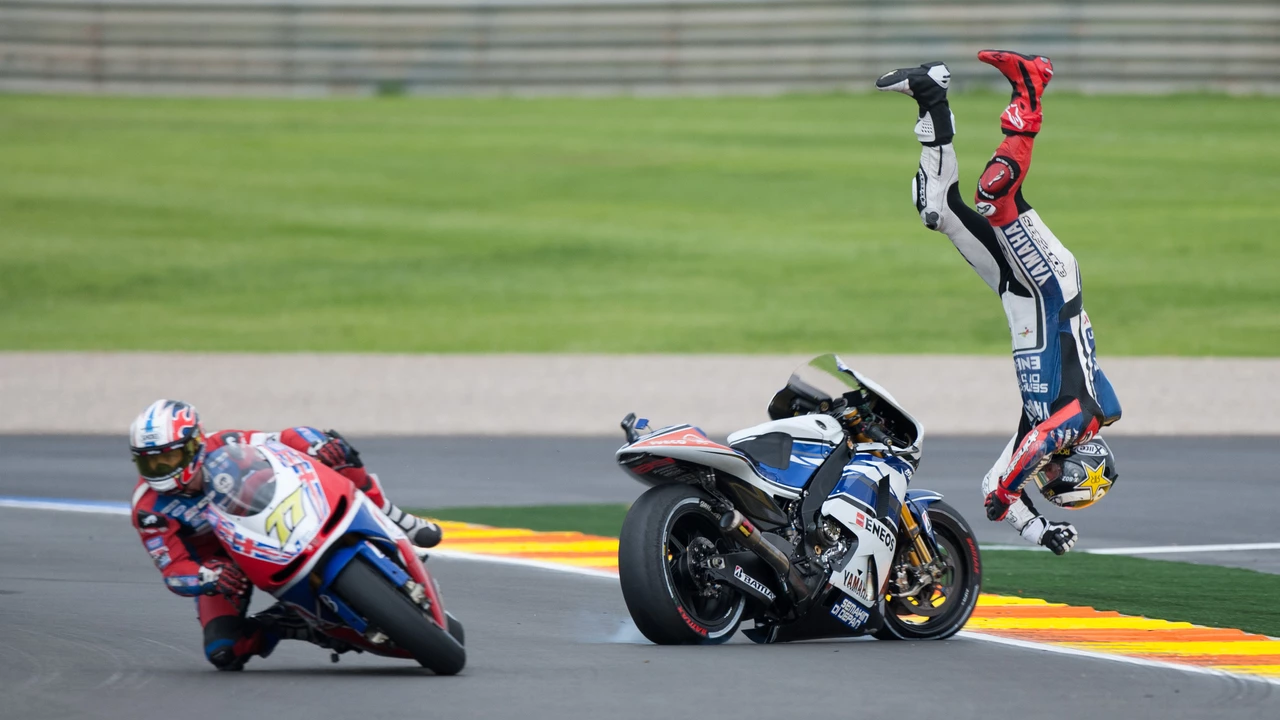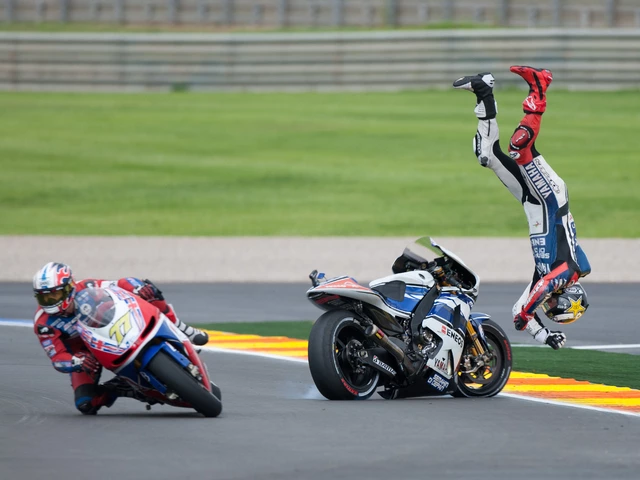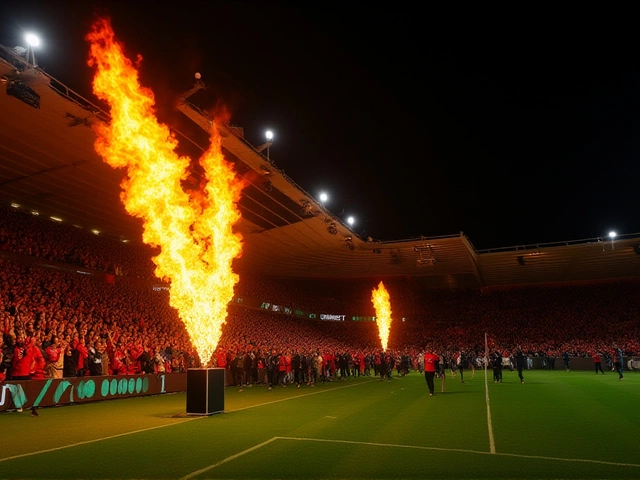Racing Strategies: Boost Your Speed on Track
If you’ve ever wondered why some drivers seem to glide past the competition, the answer is simple: they use smart tactics, not just raw power. Below are the most useful tricks you can start applying today, whether you’re on a kart, a touring car, or an IndyCar.
Master the Draft: Slipstreaming
Slipstreaming, also called drafting, is a low‑tech way to gain extra speed. You follow another car closely, let its airflow reduce wind resistance for you, then pop out to overtake at the right moment. The key is timing – stay a car length behind on the straight, then swing wide just before the braking zone. This works in MotoGP, Formula 1, and even amateur club races.
Choose the Right Differential
The rear‑end differential decides how power splits between wheels. A limited‑slip differential (LSD) is the go‑to for most racers because it limits wheel spin and keeps the car planted in corners. If you’re on a budget, a helical LSD offers smoother operation without the clutch plates of a classic LSD, and it’s quieter too. Remember, the diff you pick will change how you steer, so test a few before settling.
Beyond the draft and diff, tire management can make or break a race. Keep an eye on temperature gauges and avoid pushing the tires hard on the first few laps. A common mistake is to set the car up for a perfect qualifying lap and then burn out the rubber early. Instead, aim for a steady warm‑up, then gradually increase pressure on the corners as the tires reach optimal grip.
Pit stop strategy matters even in short sprint races. A quick fuel‑only stop can be faster than a longer tyre change, but only if you have enough fuel left to finish strong. Plan your window based on lap times and track position – sometimes staying out a lap longer gives you track‑position advantage that outweighs a slightly slower pit.
Mental prep is often overlooked. Visualise the track, picture each braking point, and rehearses overtaking zones in your head. This mental rehearsal reduces hesitation when you actually get there, and it keeps nerves from turning into costly mistakes.
If money is tight, look for ways to gain experience without buying a race car. Volunteer at local events, join a car club, or race in grassroots series that use identical spec cars. Sponsorships and scholarships are out there – just show you know the basics of strategy and you’ll be more appealing to backers.
Finally, keep a simple lap‑time log. Write down split times for each sector, note weather conditions, and track any changes you made (different diff setting, tyre pressure, etc.). Over weeks you’ll see patterns that point to the biggest gains – often they’re not about more horsepower, but better strategy.
Use these tips, experiment on the track, and you’ll start shaving seconds off every lap. Racing isn’t just about who has the fastest car; it’s about who uses the smartest tactics.
Why do MotoGP riders not turn their handles?
In the thrilling world of MotoGP, it might seem odd but riders don't actually turn their handles to steer. Instead, they use a technique called counter-steering, where they push the handlebar in the opposite direction of the turn. This creates a lean which ultimately guides the bike into the turn. It's a more efficient way to navigate the high-speed twists and turns of a race, offering better control and stability. This technique showcases the physics at play in MotoGP racing, where precision, skill, and understanding of mechanics come together.





